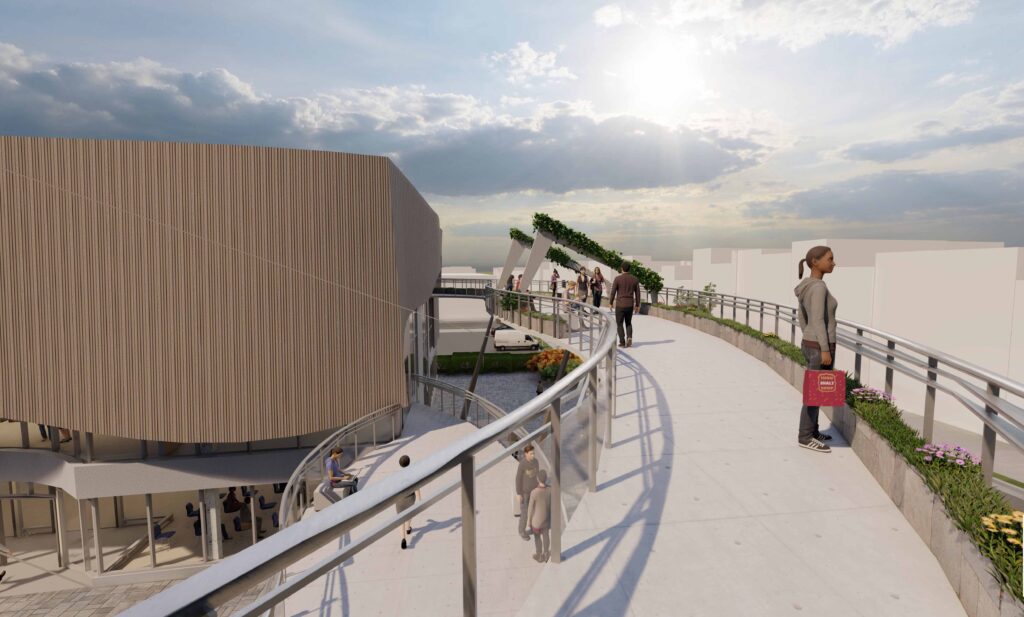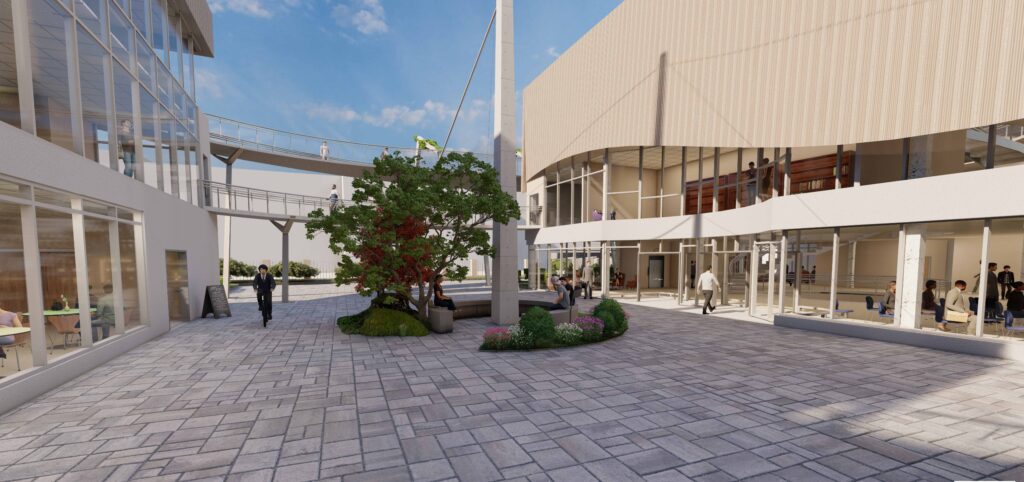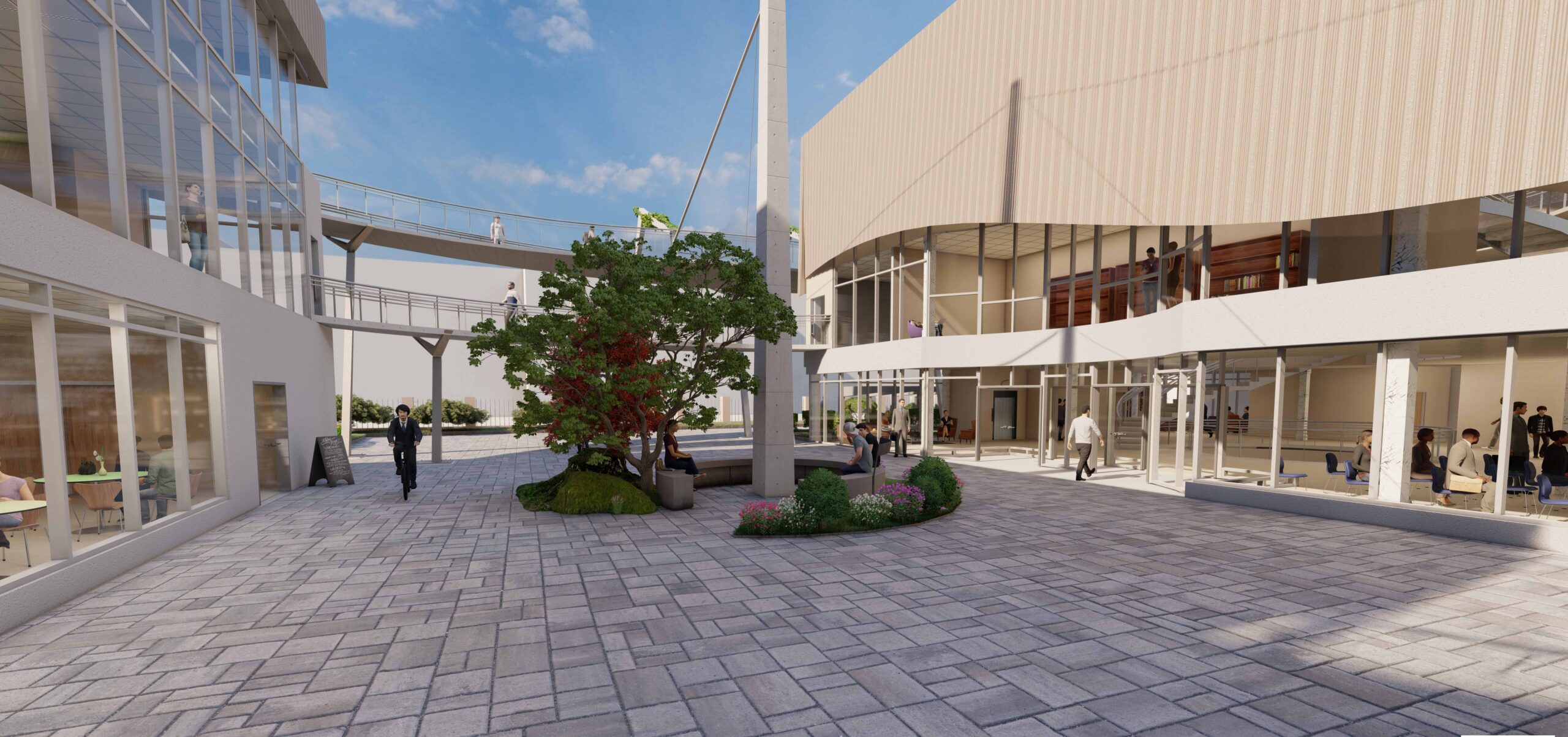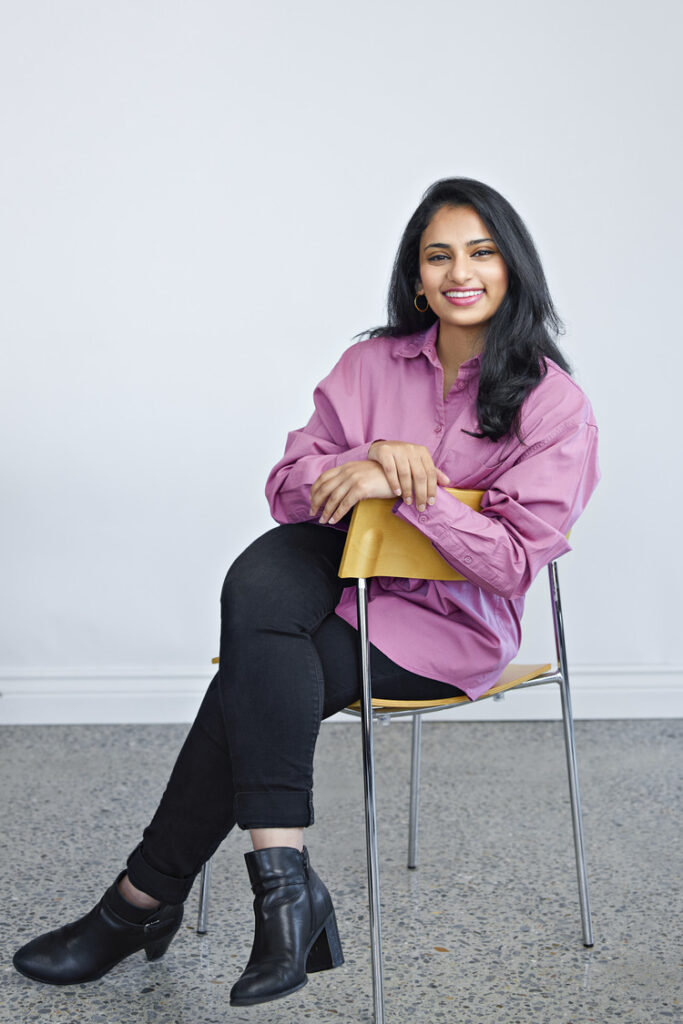Bash Box by Faranak Sanaei
The program is designed to address the needs of adolescents and young adults by providing a healthy and encouraging environment for homeless youth. Bash Box attempts to develop an enhanced understanding of the needs of the homeless while providing a positive and healthy environment. The goal is to give each person the necessary skills and toolkit to achieve a home-full lifestyle.
Support groups are a great opportunity for homeless youth to meet and connect with people who are also going through the same situation. For homeless youth to succeed in recovery long-term, they must find purpose, meaning, and joy in life through positive habits and healthy lifestyles.
This project will provide different programs, based on communication types (Verbal, Interpersonal, Written, and Visual Communication) to cater to each individual in how they connect and see the world. In doing this, Bash Box hopes to empower homeless youth with the tools to tell their own stories.
Design Challenges:
The most challenging part of the project was to create a hopeful and encouraging space for homeless youth. When we think about the homeless youth population, the first thought is directed at their mental health needs. Most are looking for a safe home, a healthy family, and a warm place to lay their heads.
“Bash Box” means an entertainment box for homeless youth. There are two separate types of “boxes”, a small box acts as a living area (private) for the homeless youth, and a bigger box acts as a public space in which all classes are held and a theater are located. Our planet, in the solar system, follows an elliptical path around the sun, known as orbits. The Bash Box (Homeless youth home) represents the earth and these orbits represent the problems that each homeless youth could be facing in our society. This project uses these problems as a bridge and walkway access between the two boxes to show how these problems can lead them to a better future. Homeless youth will pass across these bridges every day and will eventually put their past beyond needing to cross these bridges.



The instructor for the terminal project studio (ARCH.772 Architectural Design Six) was Ruth Connell A.I.A., Associate Professor. For information about this course or the project, please contact Ruth at ruth.connell@morgan.edu.


